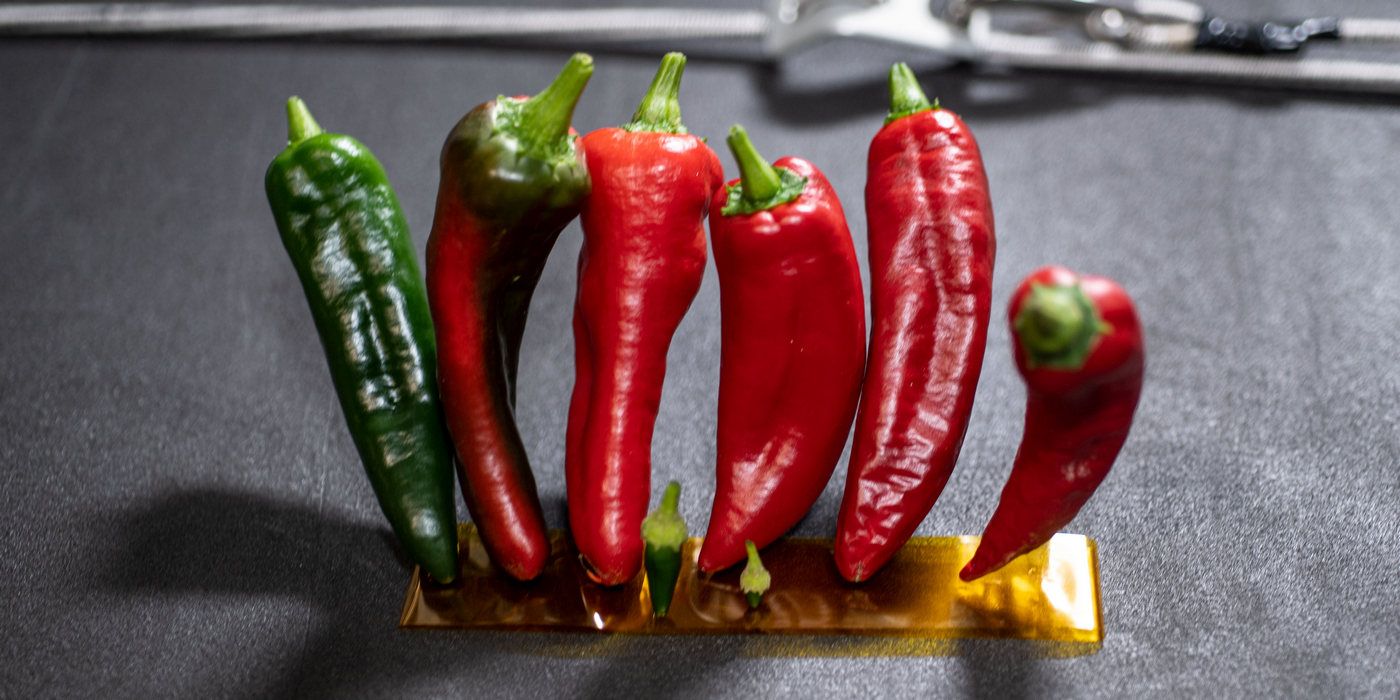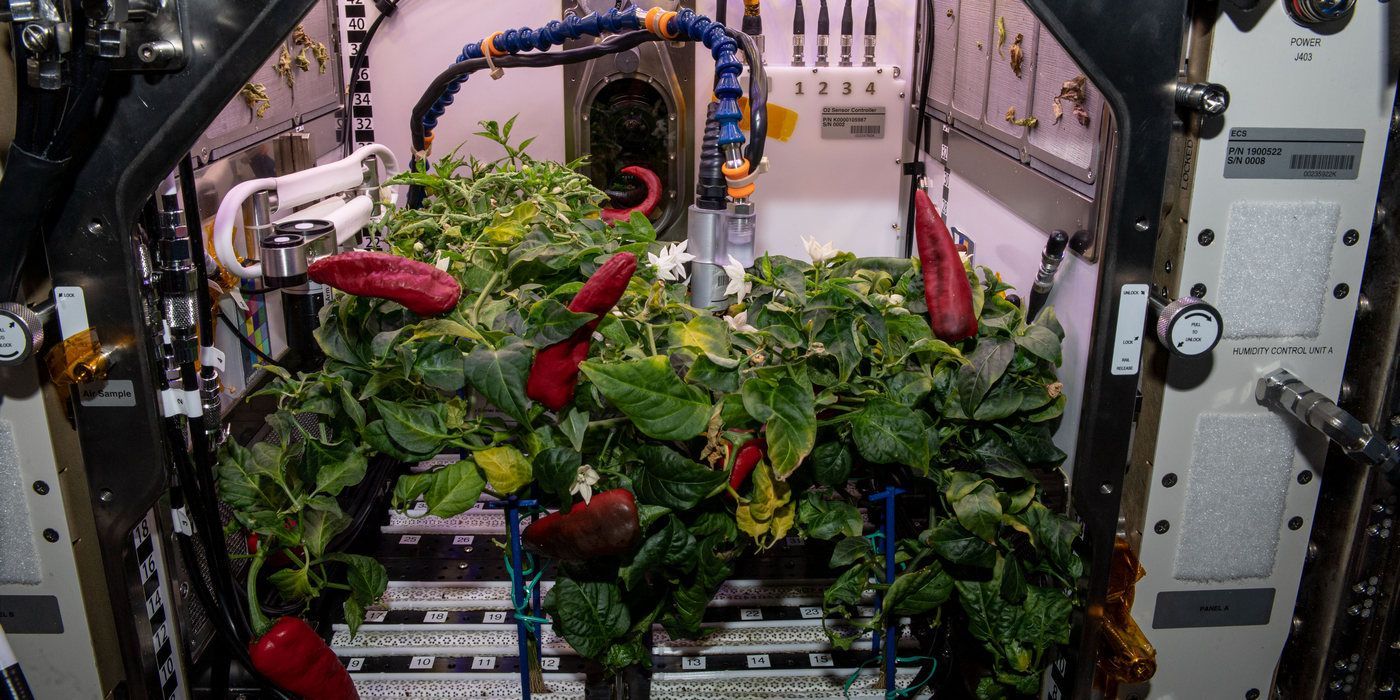NASA's space chilies have created two records — the first, for feeding the most number of astronauts from a crop grown in space, and the second, for being part of the longest experiment in space. This is the second time space-grown chili peppers have been harvested this year. In late October, astronauts threw a Taco party on-board the International Space Station (ISS) to celebrate their produce. During that time, the crew ate the entire harvest, although this time around, the plans were tweaked slightly to aid future research on the subject.
Alongside chilies, astronauts have also harvested several vegetables on the ISS, including lettuce, Chinese cabbage, mizuna mustard, red Russian kale, zinnia flowers and more. While space produce may not immediately solve all problems regarding the availability of fresh food on the ISS, more advancements in this sector might help ease the situation in the future. Towards that end, astrobiologists are also growing tomatoes in harsh Mars-like conditions to see if they can eventually grow them on the Red Planet.
In a blog post last week, NASA announced that the chili pepper grown on the ISS as part of its PH-04 experiment had created two world records. While the first one is for feeding the most number of astronauts with a crop grown in space, the second one is for the longest experiment in space. According to the space agency, the chili pepper experiment lasted a whopping 137 days from the day the seeds were planted on July 12, 2021, to the day they were harvested, on Nov. 26, 2021. Per the report, 12 out of the 26 harvested chili peppers are being returned to earth for further experiments, while the rest were sampled by the crew following the harvest. The team also provided feedback on the produce, which the agency believes will be helpful during similar endeavors in the future.
The Space Chilies Are Spicier Than Usual
Elaborating on the PH-04 experiment, NASA said that the sanitized pepper seeds used in this test were launched from the earth back in June and were planted in their designated carriers on July 12. Overall, the area dedicated to growing the plants was no larger than the inside of a microwave oven, but it proved sufficient to grow four plants that yielded two healthy harvests.
According to Matt Romeyn, principal investigator for PH-04 at NASA's Kennedy Space Center in Florida, the chilies grown on-board the ISS were a little spicier than usual. However, that wasn't entirely unexpected because of "the unknown effect microgravity could have on the capsaicin levels of peppers." More studies now have to be conducted on the returning chili peppers to fully understand how they differ from standard produce of the same variety grown on earth.
Source: NASA


